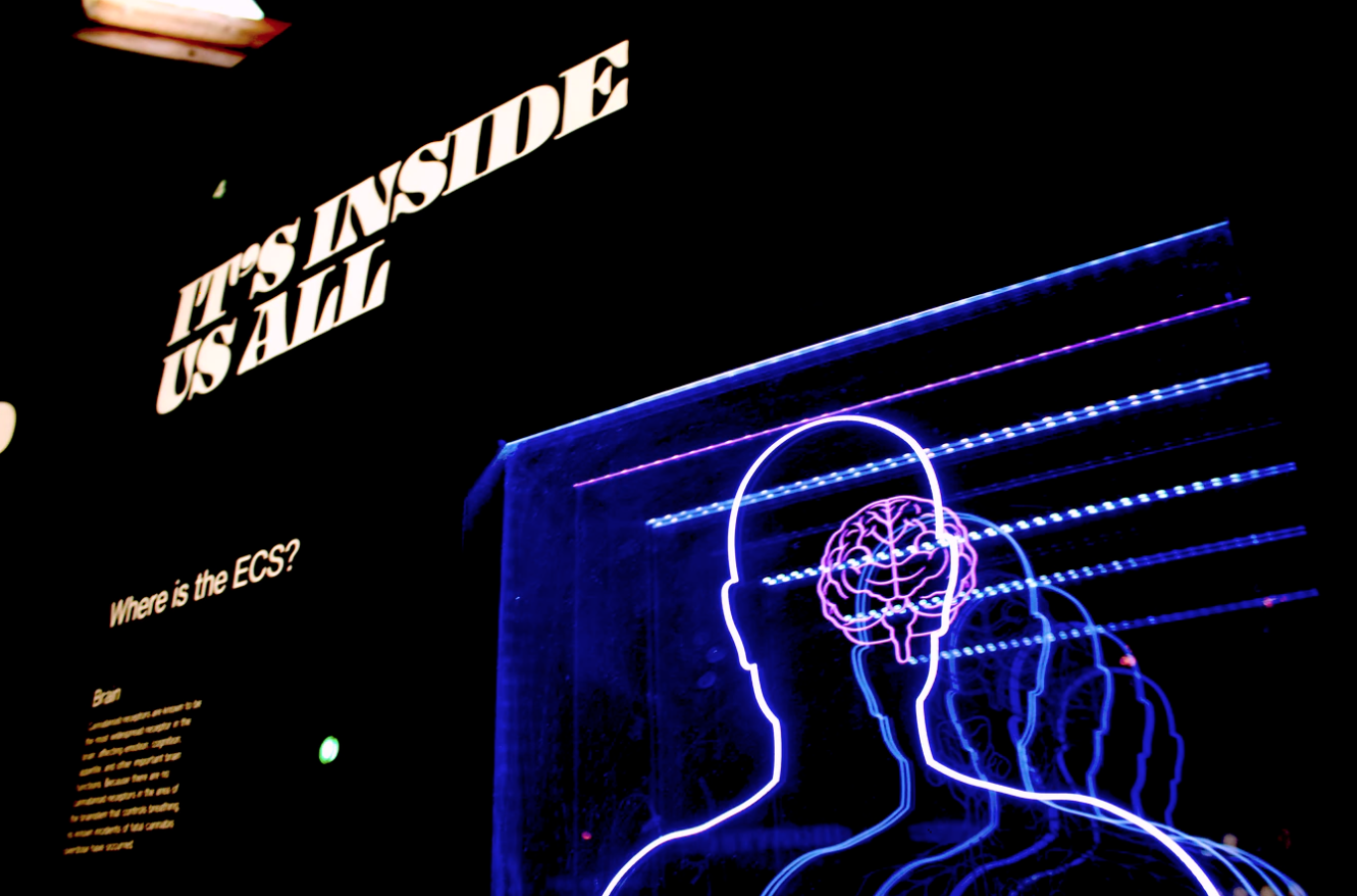We now know what digital trust is, thanks to the previous article titled ‘Digital Trust in an Unprecedented Era’. The next step is to continue the discussion and to engage with the idea of how to further build upon it. How can we propagate its successful implementation, especially in an uncertain time? The recurring theme is trust. First, we will look into how trust is initially built between a platform and its users. Next, we need to dive into the psychology behind it. There can be the distinction between a platform that requires digital trust in the form of payments and cybersecurity and platforms that require trust of services that are offered digitally.
How can digital trust be built?
1. EXPOSURE
The mere-exposure effect is a tactic that is used by organizations and companies, described in a study by D’Agostino & Bornstein. The more exposed one is to an object or entity, the more positive the association with it. It creates a sense of familiarity. Familiarity is the precursor to trust. This is particularly effective when utilizing educational content and is particularly powerful when the content has value and meaning to the reader. Furthermore, it’s important to engage and communicate with users as to plans and effective ways to ensure their trust is showcased as a top priority. Content marketing is a great strategy to keep users engaged and up-to-date. Another is to reduce uncertainty by living up to the expectations of customers. The more you deliver the same quality, the more they are to return in the future.
2. TRANSPARENT COMMUNICATION
An article from CSO furthers these sentiments by stating how it’s not just about making security the priority, it’s about transparent communication. When customers give this sensitive information, it’s important not just to simply state ‘we need this’. More than that, it’s about ‘we need this, and here’s why’. Let the customer understand and see how their data is being protected to promote transparency. Having this information displayed on the website or having customer service explain these concepts to users will provide more autonomy and control over their actions and keep them informed.
3. CHOICE
Providing users the ability to choose is particularly important as it provides a higher sense of control over our decisions.
A review by Leottie, Iyengar, and Ochsner provides evidence for the need to control our actions as a biologically-motivated response to our environment. Evolutionarily, it appears that because it may be biologically driven, choice and the need to control was necessary for survival. We seek control to gratify our self-efficacy beliefs. When our ability to control and dictate our own behavior diminishes, we fall into helplessness and a depressive state, described by Mineka & Henderson. When we are unable to control the outcome of an event, we tend to rationalize instead of admit our personal control was compromised. Trusting an unseen entity makes this more difficult to attain. A review by Shapiro Jr, Schwartz, and Astin describes that individuals unable to fully utilize choice and control to their advantage may find it more damaging. Therefore, organizations need to tap into digital sovereignty.
What is Digital Sovereignty?
An interview with Jelger Groenland, digital trust and security lead of INNOPAY, describes data sovereignty as ‘the individual’s full right and control over their own data’. Despite being similar to digital trust, sovereignty allows the user to reclaim their control. Unfortunately, digital trust is still fragile. There is little room for error in current conditions and it is difficult to regain trust from your audience. This does not mean that all is lost, though.
The European Commission released a number of documents (see the end of the article to find sources) to tackle the uncertainty of the future in digital trust, and outlined current measures being implemented here. It is a European Union-wide initiative that would protect individuals’ rights, and allow for better autonomy across all fronts. Currently, ‘94% of data in the Western World is stored in the USA’ according to CNBC. The next initiative is to determine how to create a singular European entity that provides the platform to effectively and securely store data, whilst providing safety to all end-users.
The Future
Digital trust requires transparency, open communication, and the ability to provide choice and autonomy to the end-user. In addition, digital sovereignty is the future of EU cybersecurity. This will provide a platform of better digital trust, with more control over our own data. Digital sovereignty has not been fully implemented at an EU level, so it is important to keep updated on new initiatives.
If you are an expert, you can join the community with the link below:
Community: https://platform.knowco.net
Magazine: https://collabwith.co
European Commission documents:
https://ec.europa.eu/info/sites/info/files/communication-european-strategy-data-19feb2020_en.pdf

